Description
Caucasian Spinach is one of the stars of the perennial vegetable movement. It’s an easy-to-grow, delicious perennial leafy-green that climbs up anything it can find. If left to its own devices it can reach up to 10 feet. Harvest the heart-shaped leaves from the early spring and use them like spinach.
Originating from the Black sea region of the Caucasus, it is found amongst beech woods and along rivers. It is a sprawling plant that does best when supported up canes or wires during the growing season. Its boom in popularity has grown out of the Scandinavian permaculture movement that adopted it after its introduction as an ornamental in 1870 with Lena Israelsson and Stephen Barstow popularising it in their horticultural writing.
As a member of the Chenopodiaceae family it’s related to the chards, beetroot, spinach, orach and quinoa. It is also related to the other leafy-green perennial stalwart, Good King Henry (Chenopodium bonus-henricus). However, Caucasian Spinach is much more prolific and more reliable provider of your daily greens.

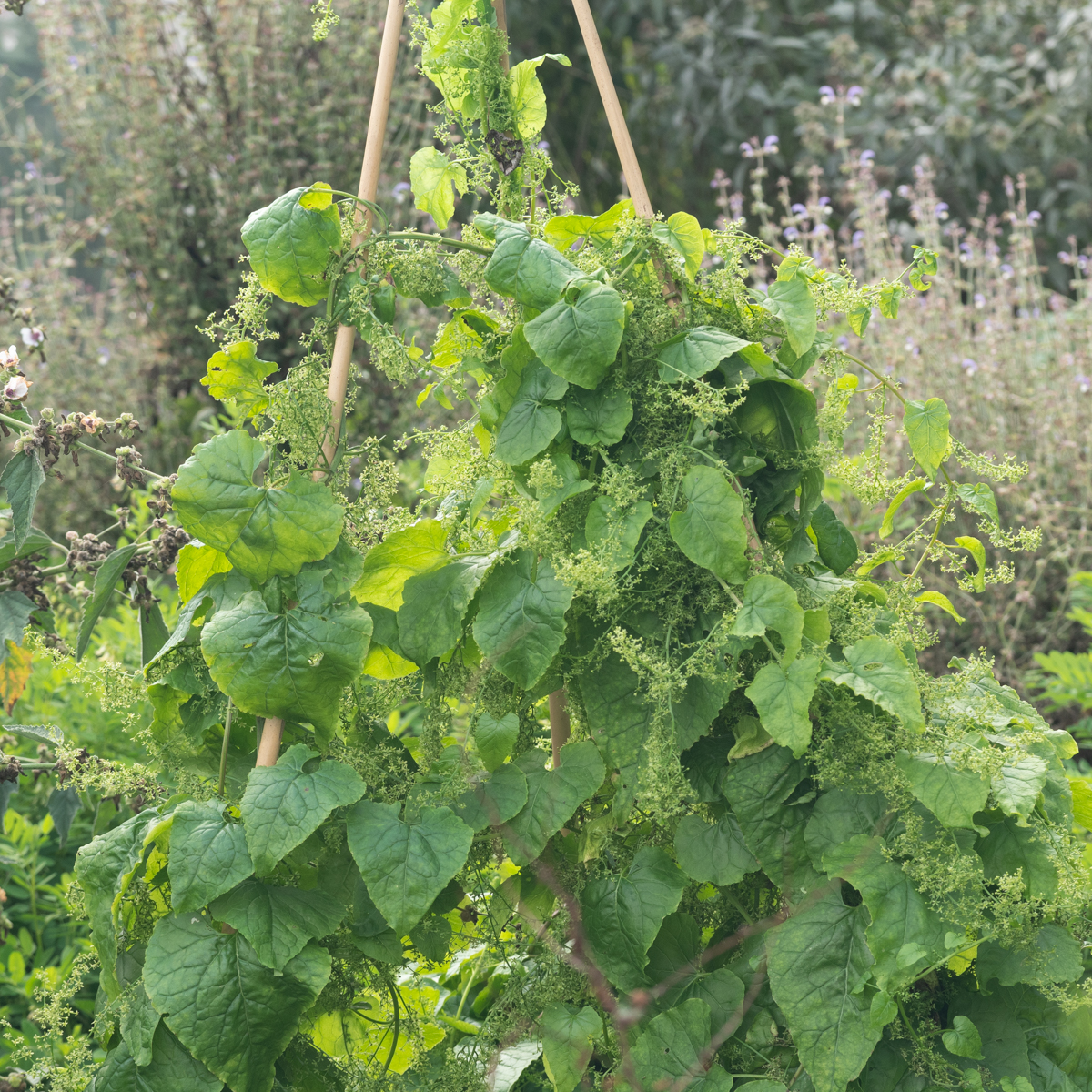
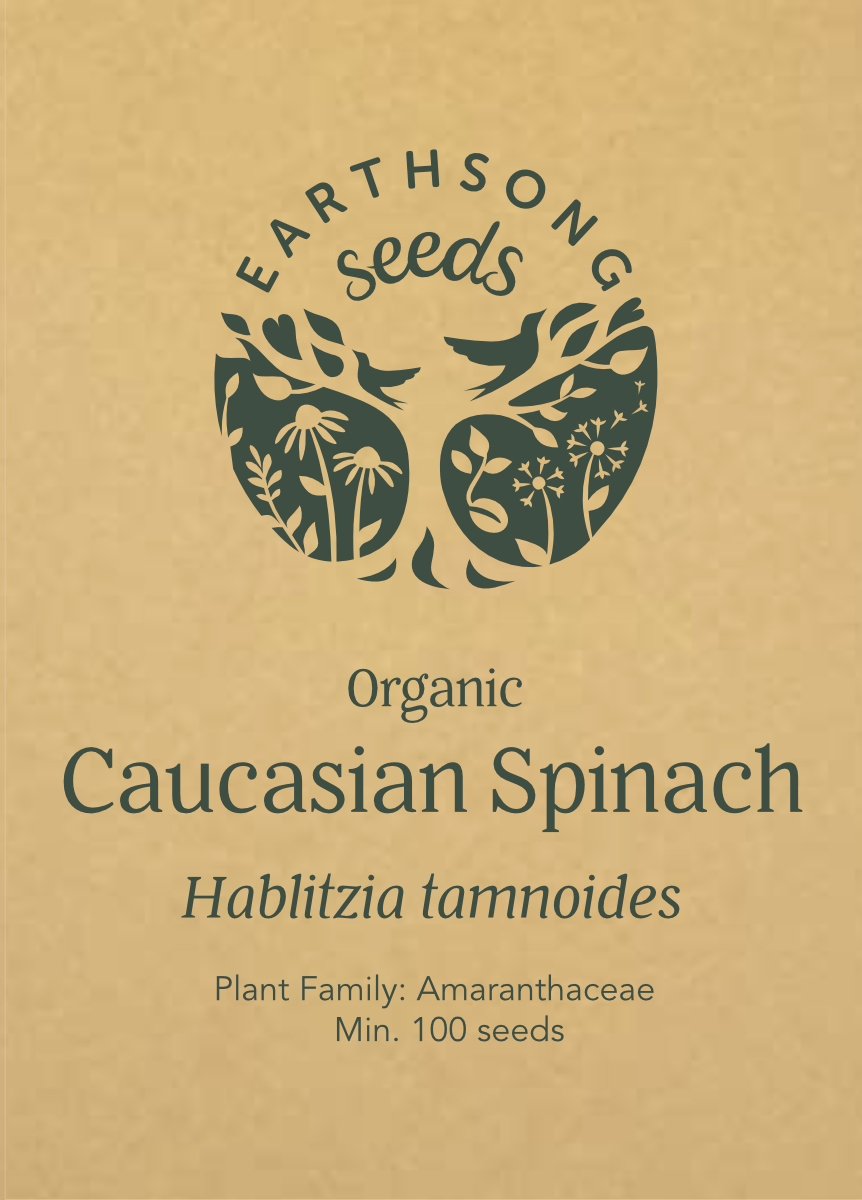
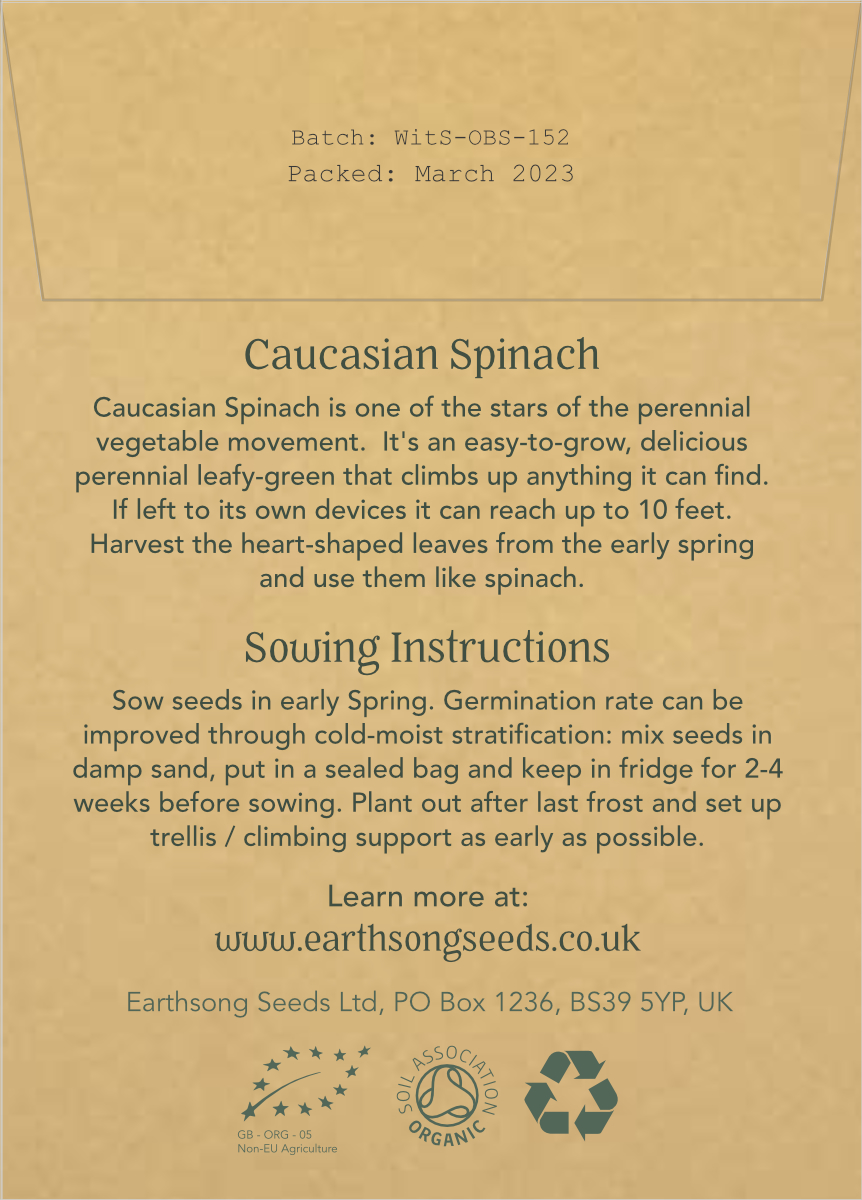
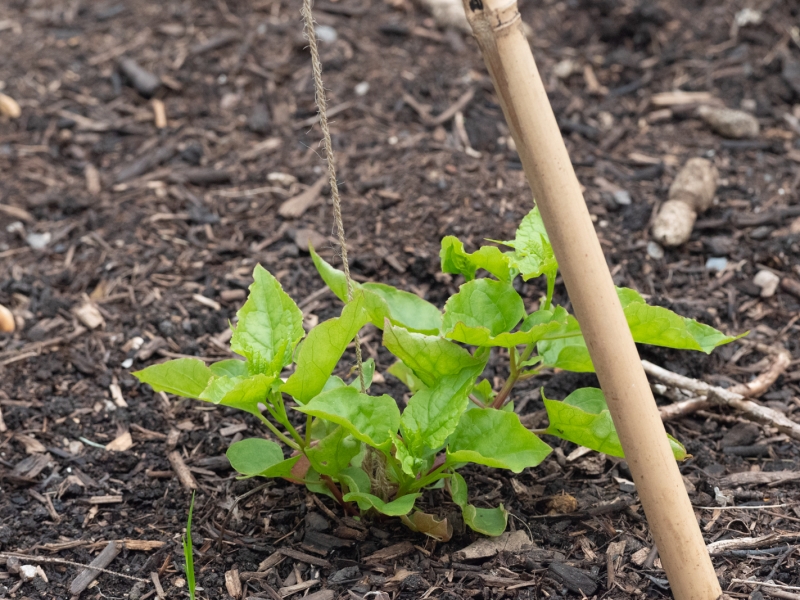
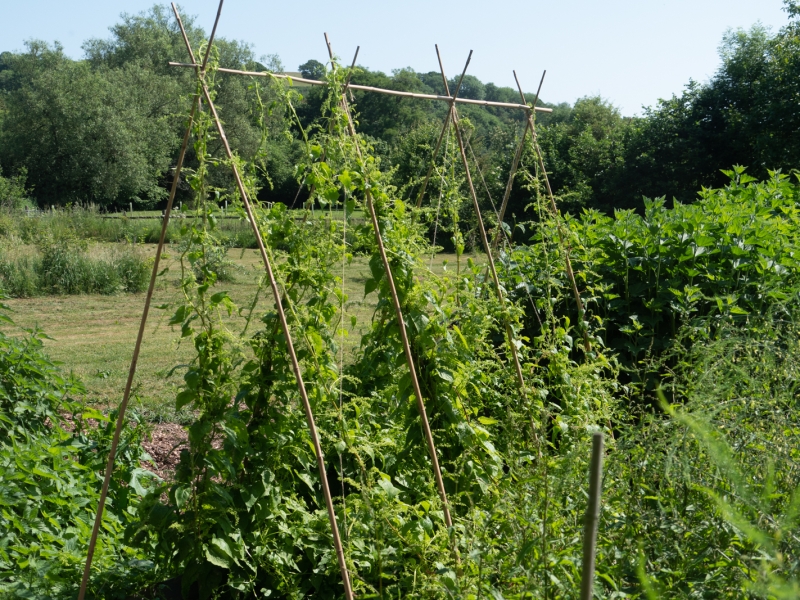
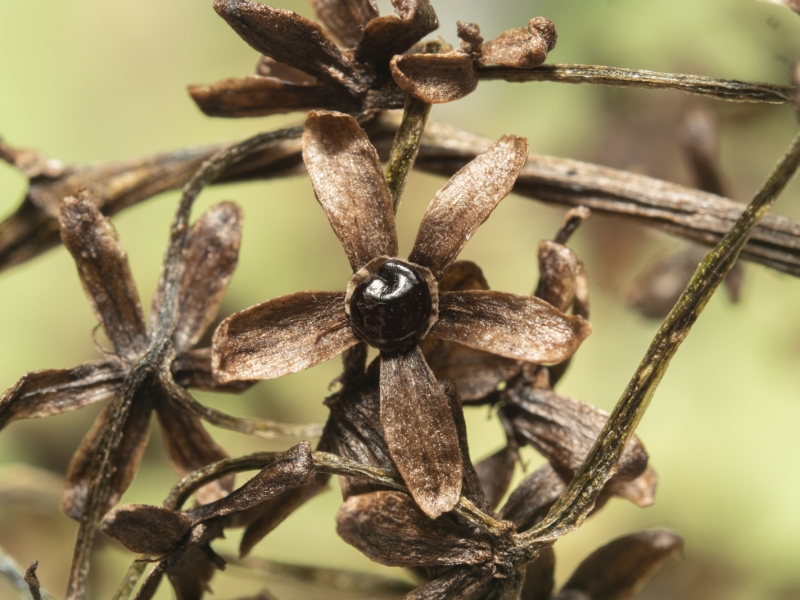

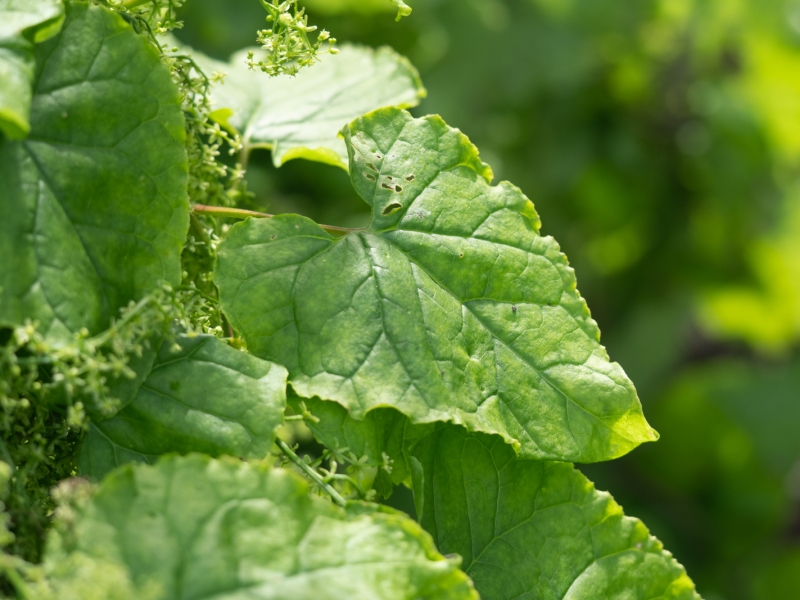
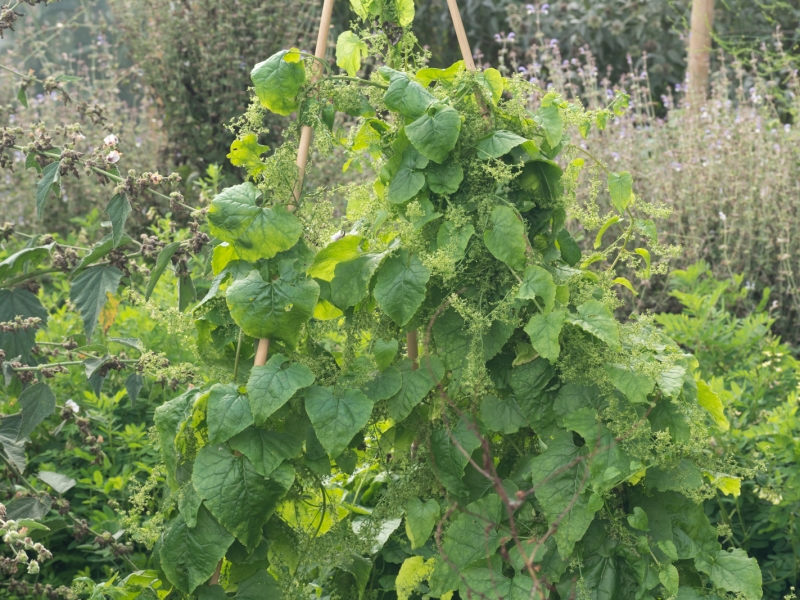
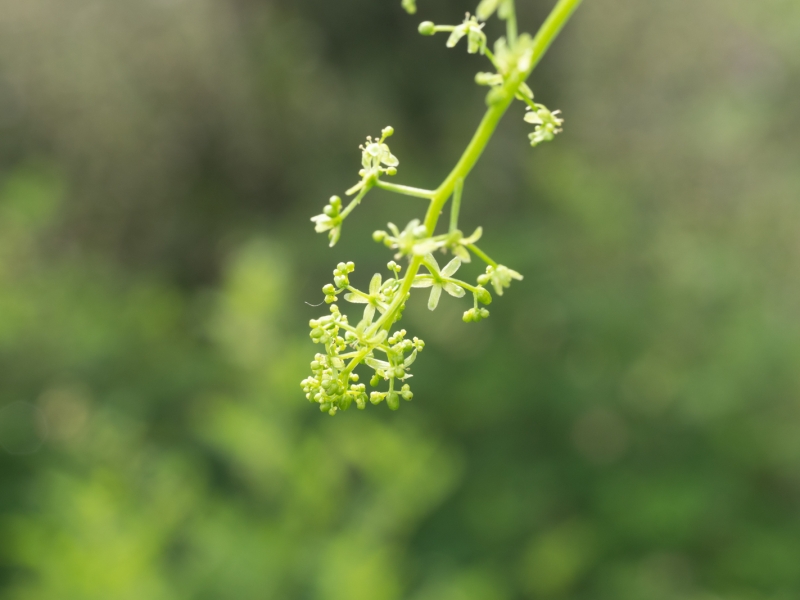
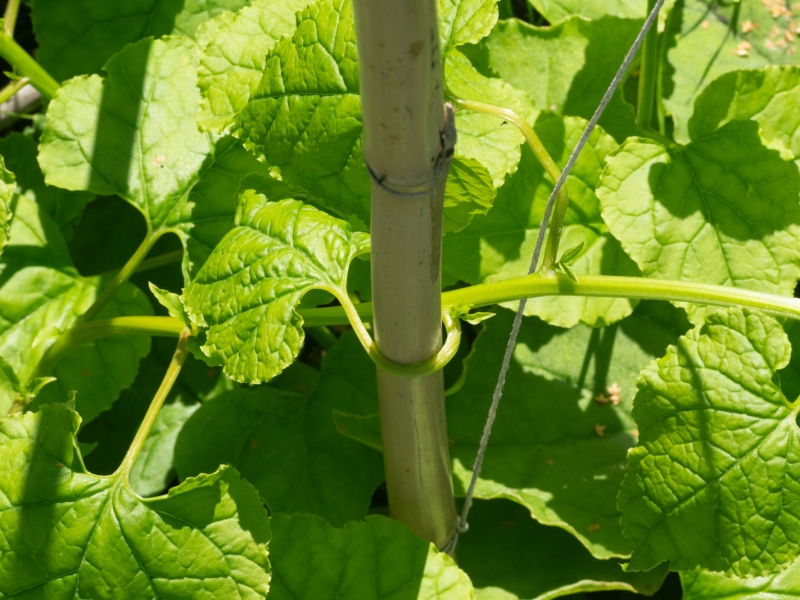




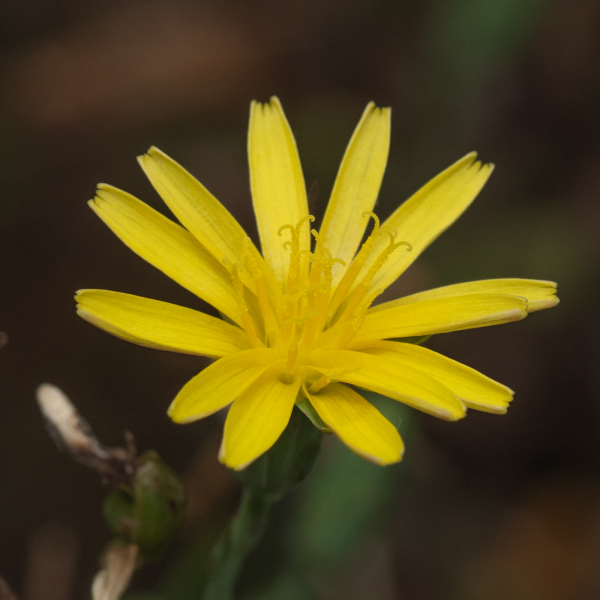
Reviews
There are no reviews yet.